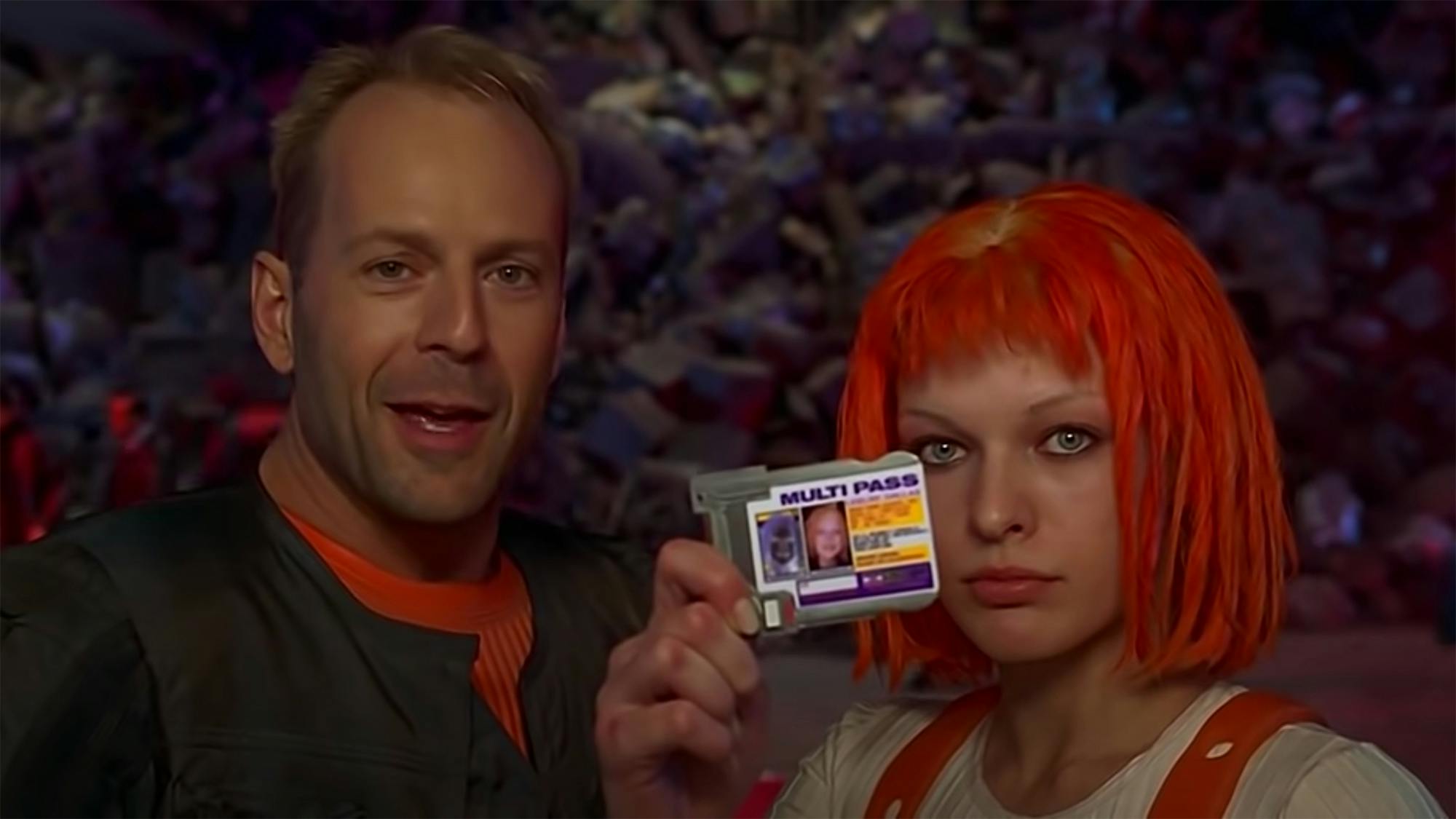A lot has changed in the 25 years since The Fifth Element entered the world. Several cast members – Tommy 'Tiny' Lister, Brion James and Luke Perry – have passed away, while star Bruce Willis recently retired from acting for health reasons.
While as a movie it continues to make pretty much no sense (the baddie and goodie never share any screen time, the plot hinges on a colossal coincidence, loads of plot threads go absolutely nowhere and the main character spends a long 10 minutes having a cry while watching an alien opera singer), its vision of the future remains incredible. Between director Luc Besson, costume designer Jean-Paul Gaultier, comic artists Jean Giraud and Jean-Claude Mézières and a huge crew, the world it created is mesmerising – all bright colours, wacky-ass costumes and big, pleasing whooshing noises.
We’re still a long way off the movie’s 2263 setting, but it’s a very 1997-based 2263. In some ways, the creators’ imaginations ran completely wild, while in others they were very much tethered to the late 1990s. There’s faster-than-light travel, for instance, but flatscreen technology hasn’t been perfected yet and everything has crappy CRT monitors.
